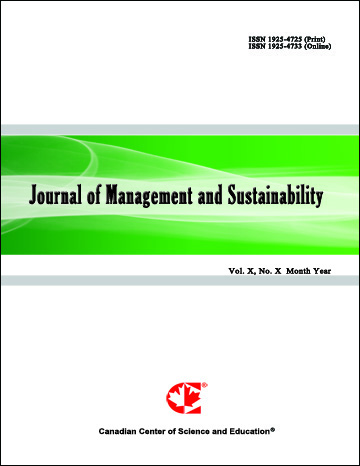Asphalt Pavement Materials Management to Reduce Urban Heat Island Effetcs: A Review
- Felipe Santos
- Emilia Kohlman Rabbani
- Daniel Matos
Abstract
Urban pavements, typically constructed with asphaltic materials, significantly contribute to forming urban heat islands. Consequently, there is an urgent need to explore bituminous material solutions that mitigate thermal discomfort and address issues related to the mechanical properties of pavements, thereby enhancing their durability and service life. This study aims to analyze asphalt mixtures employed to reduce the temperature of flexible pavements through a comprehensive literature review. Reviewed 241 articles from two international databases and included 49 in the final analysis after applying selection criteria. The findings highlight the effectiveness of various materials and methods in providing thermal insulation and storage, refracting solar radiation, and achieving energy transmission through incorporation into asphalt mixtures. Among these, fiberglass, polyethylene glycol, and hollow microspheres yielded the most promising results. Despite the demonstrated efficacy of recent studies in temperature mitigation, the review underscores the critical need for durability control methods to ensure large-scale applicability.
Additionally, comprehensive laboratory analyses are necessary, considering not only high temperatures but also the physicochemical interactions that may accelerate the degradation of the asphalt binder. Identifying and implementing innovative practices and materials to optimize pavement management and mitigate thermal effects is essential. Applying these findings can guide the development of future pavement designs and interventions, helping to reduce the effects of urban heat islands and ensure more durable and sustainable structures better suited to meet urban populations’ needs.
- Full Text:
 PDF
PDF
- DOI:10.5539/jms.v15n1p51
Journal Metrics
Google-based Impact Factor (2021): 1.54
h-index (July 2022): 37
i10-index (July 2022): 147
h5-index (2017-2021): 12
h5-median (2017-2021): 19
Index
- Academic Journals Database
- ANVUR (Italian National Agency for the Evaluation of Universities and Research Institutes)
- CAB Abstracts
- CNKI Scholar
- EconBiz
- Excellence in Research for Australia (ERA)
- GETIT@YALE (Yale University Library)
- Harvard Library
- HeinOnline
- Infotrieve
- JournalTOCs
- LOCKSS
- MIAR
- PKP Open Archives Harvester
- RePEc
- Scilit
- SHERPA/RoMEO
- Stanford Libraries
- UCR Library
Contact
- Evelyn XiaoEditorial Assistant
- jms@ccsenet.org
